In West Los Angeles, the hidden space beneath your home – the crawl space – can unfortunately become a breeding ground for mold if conditions are right. Understanding the causes and knowing how to act is crucial for maintaining a healthy home environment. Mold in crawl space is a common problem owing to dampness and lack of light. The problem usually starts at sump pumps or other drainage features that combine bad design with normal wear and tear, resulting in a mold outbreak.
Mold is a dangerous fungus that can cause respiratory problems and other health hazards. Mold can emit harmful spores into the air that could cause itchy eyes, nose, and/or throat. If not treated immediately, mold infestation could lead to neurological problems as well as sinus infections, allergic reactions, and flu-like symptoms.
READ ALSO: Best Company for Mold Remediation in Santa Monica: Why PuroClean of West Los Angeles Stands Out
If you suspect mold in your crawl space, it’s always best to reach out to a professional mold remediation company. PuroClean can safely and effectively deal with mold in crawl space. If the mold affects an area smaller than 10 square feet, there are some steps you can take to treat the mold yourself. This blog will discuss some common causes of crawl space mold and how to handle a mold issue.
What Causes Crawl Space Mold in West LA?
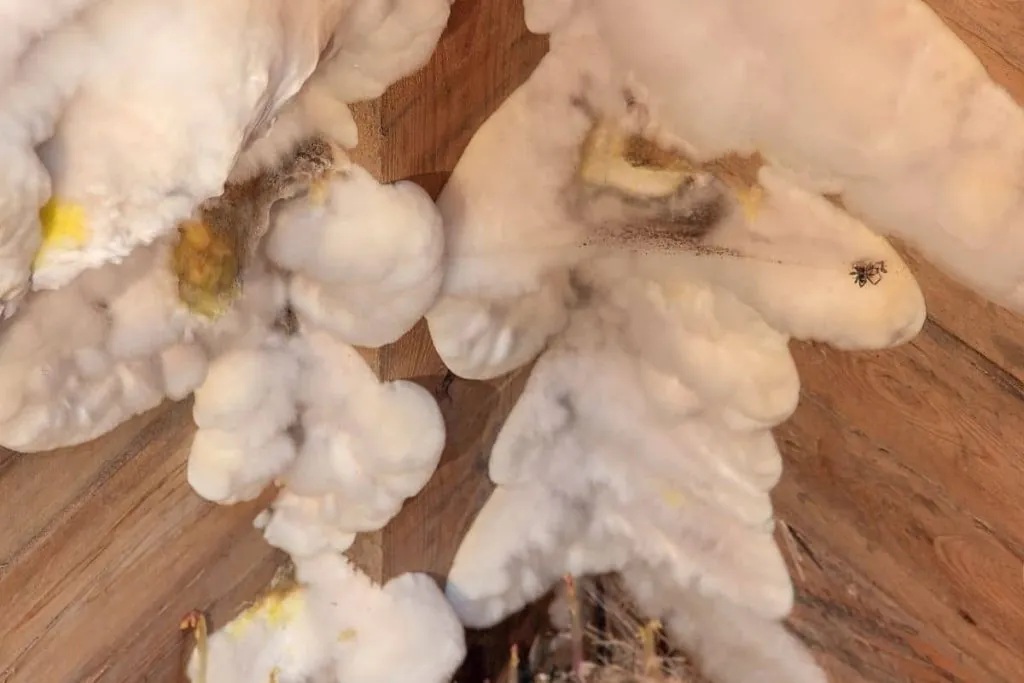
Mold needs moisture, stagnant air, and organic material (like wood framing or debris) to thrive. Common culprits in West LA crawl spaces include:
- Excess Moisture: Leaky pipes, poor exterior drainage allowing rainwater seepage, condensation on cool surfaces (pipes, ductwork), high humidity (sometimes influenced by our coastal proximity), or even moisture rising from damp soil.
- Poor Ventilation: Inadequate airflow allows moisture to linger and humidity levels to rise, creating an ideal environment for mold growth. Blocked foundation vents are a frequent issue.
What You Can Do: Proactive Steps for West LA Homeowners
Consider Subfloor Insulation: Properly insulating the underside of your home’s subfloor (the “ceiling” of the crawl space) can help manage temperature differences that contribute to condensation. Use mechanical fasteners for a secure fit and seal all seams meticulously with weatherstripping or appropriate tape to block air leaks. You can find suitable insulation materials at local hardware or building supply stores.
Keep it Dry: This is paramount. Regularly inspect your crawl space for any signs of standing water, dampness on the ground, or leaks from plumbing. Addressing any water source immediately is critical.
Insulate Pipes: Insulate water pipes within the crawl space. This prevents condensation (“pipe sweating”) which drips onto the soil or surfaces, contributing to overall humidity. Ensure pipe seals are intact to prevent leaks.
Ensure Proper Ventilation: Check that your foundation vents are clear of obstructions like piled-up dirt, landscaping materials, or debris. Blocked vents trap moist air inside. If your home consistently struggles with crawl space humidity despite clear vents, you might need to improve ventilation. Consult with an HVAC professional about options – the goal is usually to exhaust damp air out, not push exterior air in without conditioning.
Manage Ground Level: Don’t let soil or debris pile up against foundation vents, as this directly impedes airflow and can even direct water inside during heavy rains.
What Causes Mold in Crawl Space?
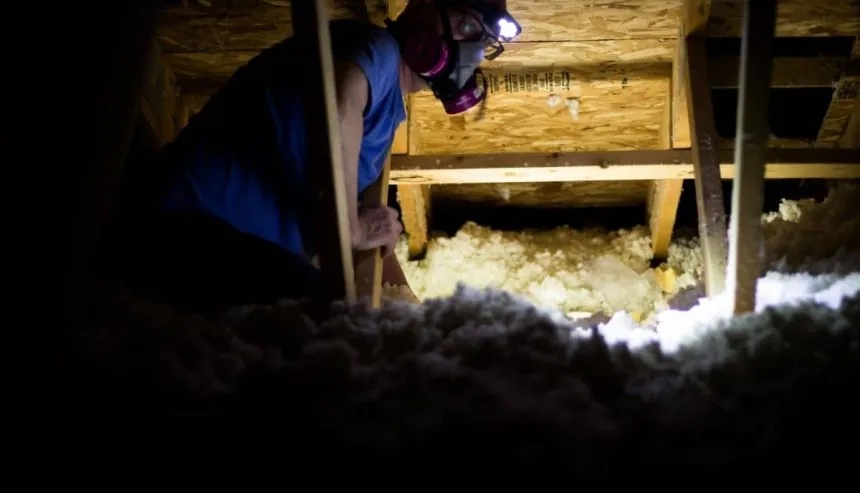
Crawl spaces and basements often suffer from mold because of dampness. Mold can develop from a variety of sources, including water damage, flooding, and plumbing leaks. A lack of adequate ventilation, poor drainage, and crawl space foundation cracks are also possible reasons.
The first step in any mold cleanup is to identify the source of the contamination. If you don’t know why the mold is appearing, you won’t be able to correct the actual problem, and the mold will return.
Basement Cracks and Flooding
Crawl spaces are at risk of flooding during periods of intense rain. If your crawl space floods, mold could appear immediately after the water recedes.
If you have cracks in your basement floor or walls, then you should also investigate if they are linked to any moisture penetration that may be exacerbating your mold problem. For example, faulty sump pumps, poor grading around your foundation, and improperly sealed windows could be the source of the problem.
Some crawl space designs call for plastic sheeting on the floor; this barrier traps water against the foundation walls. The trouble is that the plastic breaks down over time. As it deteriorates, holes develop, and water seeps through them into the soil. Water accumulates in the crawl space just as it does in any basement.
Humidity and Condensation
A humid crawl space creates a perfect environment for mold spores to latch onto a surface and grow. Be sure to keep the humidity levels in your crawl space lower than 50% because higher levels can lead to condensation, which will increase humidity levels even more. Try to decrease humidity with fans or dehumidifiers depending on how humid it is.
Tips to Remove Mold in Crawl Space in West Los Angeles
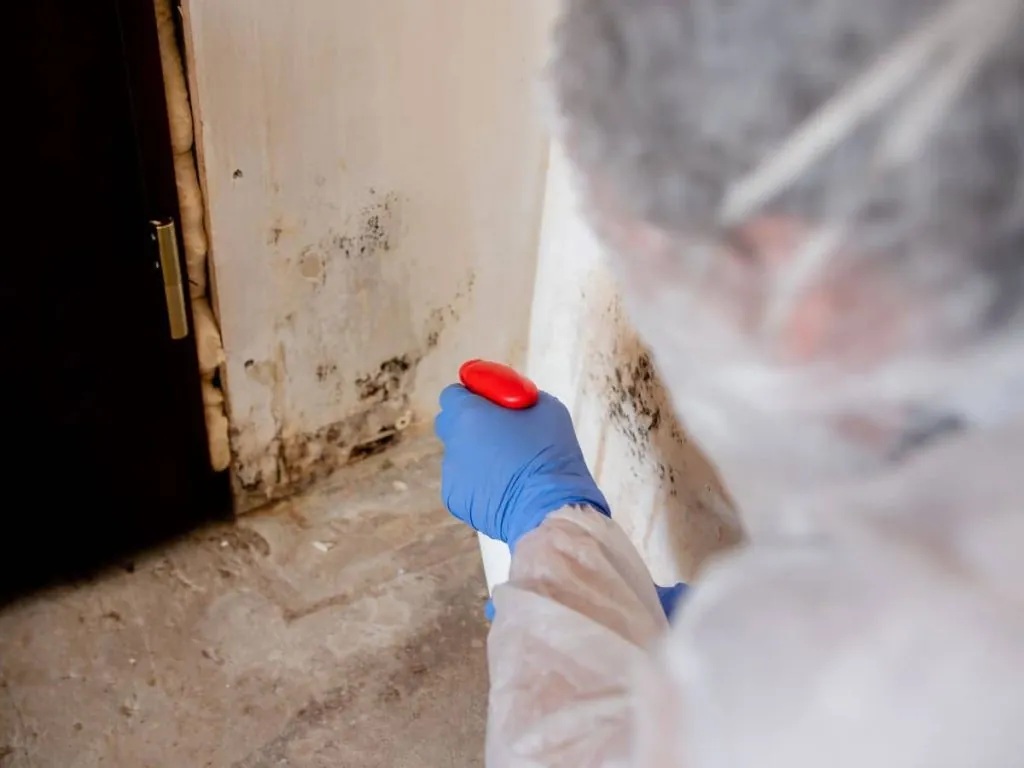
Regularly inspecting your crawl space, perhaps seasonally or after heavy rains, allows you to catch potential problems early. By focusing on keeping your West LA crawl space dry and well-ventilated, you significantly reduce the risk of mold growth and contribute to a healthier living environment above.Once the source has been identified and fixed, it’s time to treat the actual mold. We always recommend that you reach out to a professional for mold removal because of the health risks caused by exposure.
Once the source has been identified and fixed, it’s time to treat the actual mold. We always recommend that you reach out to a professional for mold removal because of the health risks caused by exposure.
Crawl space mold can be especially difficult to remediate due to the tight spaces and floor joists. If the mold is affecting an area smaller than ten square feet, there are some things you choose to do to treat it yourself. Keep in mind that these are not the same processes that professionals would use.
Whenever you are near suspected mold, it is important to protect yourself by wearing proper PPE. Proper PPE includes goggles/eye protection, gloves, and N-95 masks.
Vinegar
One of the most popular house cleaning tips for removing mold is to use vinegar since it kills many bacteria, including molds. Just mix vinegar and water in a 1:1 ratio in a spray bottle. Spray all over the affected crawl space walls or floor. Let it sit for a few minutes, and then scrub the area. Rinse with water afterward.
Baking Soda
Baking soda is another popular cleaner because it can be used for removing mold from many different surfaces in your home. You can spread baking soda on your floor or furniture, let it sit there overnight, and then clean everything with water first thing in the morning. This will remove not only dead mold but also any other dirt that was stuck to it. Baking soda is great because after using it, you won’t smell anything bad – just make sure to wipe everything down thoroughly.
Borax
Borax is another compound that works great against mold in crawl space without leaving any traces behind. But keep in mind that this substance can be toxic, so use it in places where you won’t breathe it in or are not planning to eat anything. Also, make sure to use extra caution when using borax because it can harm your skin and eyes and can also be harmful to pets.
Another good thing about borax is that after you’re done spraying the affected area, it’s safe to leave. There is no need to rinse.
How to Prevent Mold in Crawl Space in West Los Angeles
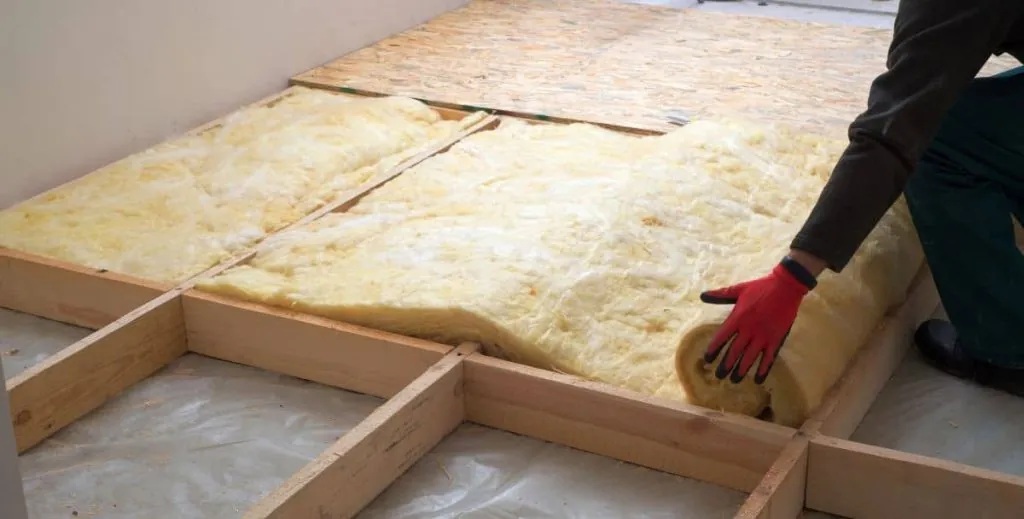
Preventing mold growth in your crawl space is the best course of action. It is much easier (and less expensive) to take steps for prevention than mold remediation. If your house has a crawl space, make sure to keep it ventilated and dry. Any moisture or water on the ground of your crawl space can contribute to mold growth, so make sure to keep it dry. Insulate your pipes and keep them sealed to prevent water from seeping into the dirt, where it will contribute to humidity levels. Also, make sure that the dirt doesn’t pile up too much there since this can clog all your vents, allowing water inside your crawl space.
Crawl space insulation is one of the best tools to use for prevention. Insulation can easily be purchased at your local hardware store. Be sure to use mechanical fasteners to attach the insulation snugly to the subfloor. Seal all the seams with weatherstripping so that air cannot get inside easily.
If the current ventilation system doesn’t work that well, consider installing a new one. Make sure to check with your HVAC contractor about setting it up because you will want the fresh air to be pulled out and not pushed in.
Call PuroClean of West Los Angeles 24/7 for Crawl Space Mold Remediation!
Finding signs of water damage or mold growth beneath your home warrants immediate attention. Because mold can pose health risks and spread easily if disturbed improperly, remediation is typically best left to experienced professionals. Look for reputable mold remediation companies serving the West Los Angeles community. They possess the necessary training, containment strategies, and cleaning technologies to tackle mold issues safely and effectively, aiming to restore peace of mind and safety to your home.
For fast, dependable, and effective mold remediation, contact PuroClean of West Los Angeles today at (424) 454-1170. Let us help you restore your home or business to a safe, healthy condition.
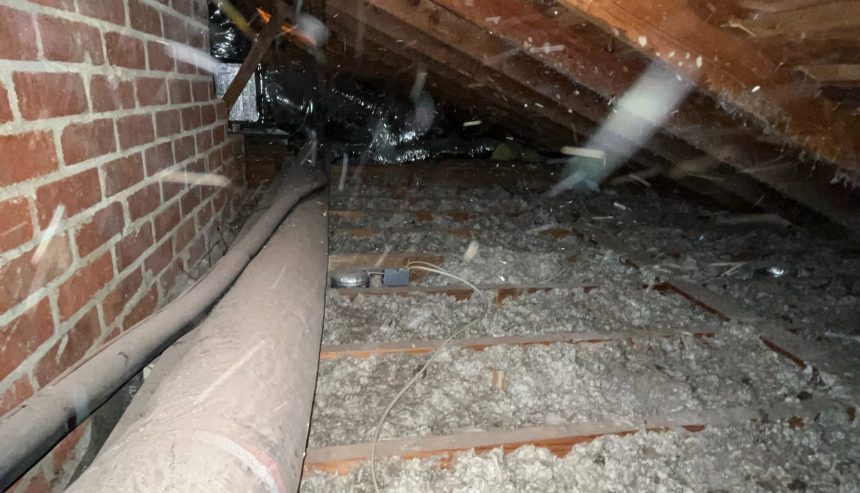


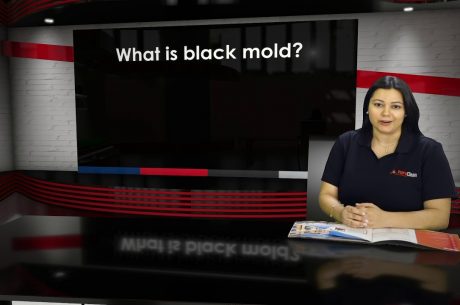
 PuroClean of West Los Angeles
PuroClean of West Los Angeles